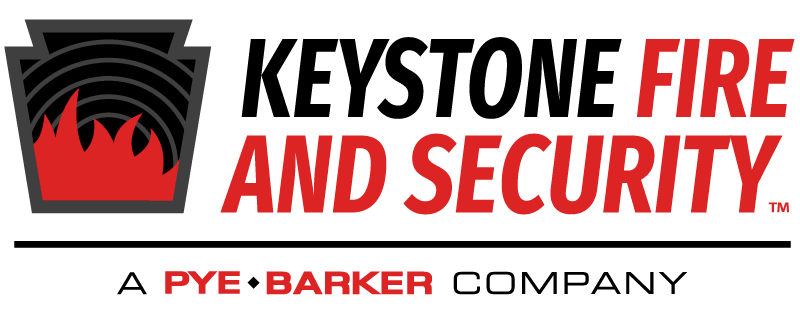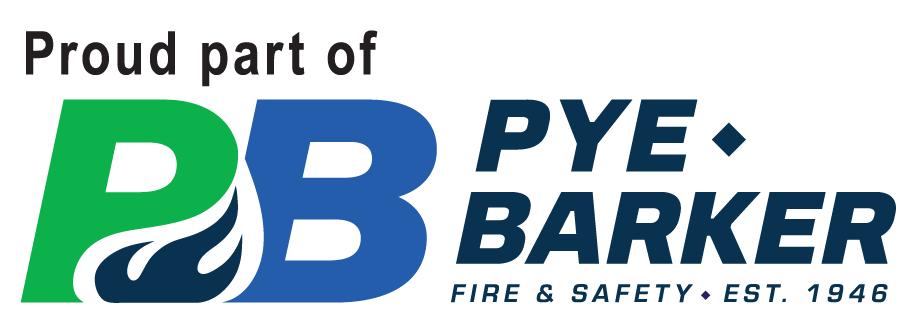OSHA’s regulations are there to ensure companies and employers are protected against fire hazards, but if an employer fails to comply with the regulations, there are consequences. Fire sprinklers system that don’t meet the safety standards articulated by OSHA not only put a facility and employees at risk, but they are also subject to various fines and citations.
Fortunately, complying with OSHA’s sprinkler regulations is easy to do if you have a general understanding of what is required and know how to resolve potential violations. By ensuring your sprinkler system is properly working, you can rest assured that not only will you pass your next fire safety inspection with ease, but also trust that the sprinkler will protect your facility and your employees if a fire does break out.
Common OSHA Fire Sprinkler Violations
There are a number of sprinkler violations that an OSHA inspector can identify that prevent employers from passing a fire safety inspection. More often than not, sprinkler violations stem from defective systems that are not working as effectively as they should. Whether the smoke detector on the fire sprinkler system is broken or the water pressure is not at the right level, even minor defects can result in a frustrating fine.
To help ensure that fire sprinkler systems are always in proper working order, OSHA imposes a number of regulations requiring employers to inspect and maintain these systems. More specifically, OSHA requires that sprinkler systems are both inspected and tested annually to ensure that they will work correctly in the event of a fire. These inspections are geared at ensuring that the sprinkler systems will work as efficiently as possible in suppressing a fire.
However, even if a sprinkler system is working relatively well, there are other issues that an inspector could uncover that would prevent a facility from passing a fire safety inspection. For example, stacked items or tall furniture that blocks the full range of a sprinkler’s spray can result in an OSHA violation. Items blocking the range of a spray from the sprinkler essentially block water from reaching a fire that has broken out. Consequently, OSHA prohibits any material from being stored within eighteen inches below the plane of the sprinklers.
Additionally, OSHA prohibits employers from permitting debris or other material from covering the sprinklers. Paint or sealant that can clog the water spouts must be cleared away if an employer hopes to pass a fire safety inspection. Employers should also keep an eye out for mineral buildup or leaks around the sprinklers or pipes. Corroded sprinklers will also fail a fire safety inspection.
One final mistake that employers sometimes make when it comes to passing the fire sprinkler portion of their fire safety inspection is that they hang object on sprinklers or lean objects up against them. Since these objects can decrease the effectiveness of a sprinkler or potentially break the system entirely, OSHA strictly prohibits them.
How to Avoid OSHA Fire Sprinkler Violations
The best way to avoid OSHA violations when it comes to fire sprinklers is to regularly inspect and test your sprinklers. By taking the time to check the status of your sprinklers, you’re more likely to notice when something has changed or is no longer working properly. This will also ensure that the employer is fulfilling its annual inspection obligations.
There are many violations that employers can avoid with simple maintenance as well. Clearing objects away from sprinklers ensures the spray reaches its furthest potential. Employers can also clean away corroded material or debris build up from time to time to be sure there are no obstructions blocking the sprinklers.
However, major defects can occur, and sprinklers can be complicated mechanisms to try to repair on your own. When problems become too difficult to resolve with simple maintenance, a professional fire safety specialist can fix up any defect and make sure that your sprinkler system is in full working order for your next fire safety inspection. Another benefit of working with a fire safety specialist is that they might be able to notice other potential problems that the untrained eye might miss.
Knowing OSHA’s basic requirements when it comes to fire sprinklers will stay on track when it comes to passing your next fire safety inspection and be sure that your facility will be safe in the event of a fire.

